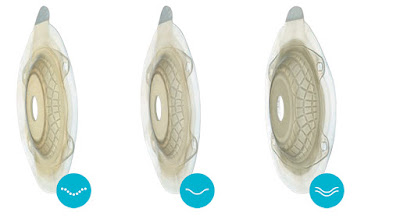An ileostomy refers to a surgically created bowel diversion that connects to an opening in the abdomen or an internal pouch inside the abdomen.

During the surgical procedure, the surgeon disconnects the ileum from the colon and pulls it out through a cut in the abdomen to create a stoma. It necessitates the patient to wear an ostomy bag over the stoma to manage stool evacuations after surgery.
The surgeon may alternatively choose to create an internal pouch using tissues from the large and small intestines. With this internal reservoir, the patient doesn’t need to wear an ostomy bag.
When does an ileostomy become crucial?
Damage or loss of function in the colon due to an underlying health condition or injury is the reason you may need an ileostomy. This bowel diversion may also be a part of the bowel cancer treatment, in which the removal of the entire or some of the colon becomes necessary.
Conditions that may prompt your doctor to choose to give you an ileostomy may include the following.
- Ulcerative colitis
- Crohn’s disease
- Bowel cancer
People whose digestive conditions are treatable through ileostomy surgery are generally aged between 15 and 30 years. Patients who receive an ileostomy as a part of the bowel cancer treatment are mostly aged between 60 and 70 years.
Other reasons that may necessitate an ileostomy include the following.
- Bowel obstruction
- An injury to the colon
- Familial adenomatous polyposis
What are the types of ileostomy?
Three main types of ileostomy include the following.
- Loop ileostomy
- End ileostomy
- Continent ileostomy
A loop ileostomy is when the surgeon pulls a loop of the small intestine out through a cut in the belly. This procedure is generally a part of the treatment that involves the removal of the rectum. Alternatively, a loop ileostomy may be aimed at resting the diseased section of the bowel until it recovers from an underlying condition. A loop ileostomy may also help treat bowel cancer.

The procedure involved in the creation of an end ileostomy generally aims at aiding the treatment that involves the removal of the colon and rectum. The surgeon, during the procedure, disconnected the ileum from the colon and pulls it out through a cut in the belly. An end ileostomy is generally permanent. With this ileostomy, you are going to have to wear an ostomy bag over your stoma the entire time. You may also ask your surgeon to give you a j-pouch, also known as the ileoanal reservoir. This reservoir connects with the anal canal, enabling you to pass out stools through your anus.
The third kind of ileostomy is the continent one, which involves the creation of an internal reservoir that connects with an opening in the belly. This internal reservoir consists of tissues from the small and large intestine, and it connects to an opening in the abdomen by means of a valve made of living tissues from the ileum. The significant benefit of having a continent ileostomy is that it gives the patient control over when to evacuate stools.

What kind of ileostomy you need depends on the condition of your bowel. You may discuss it with your doctor.








